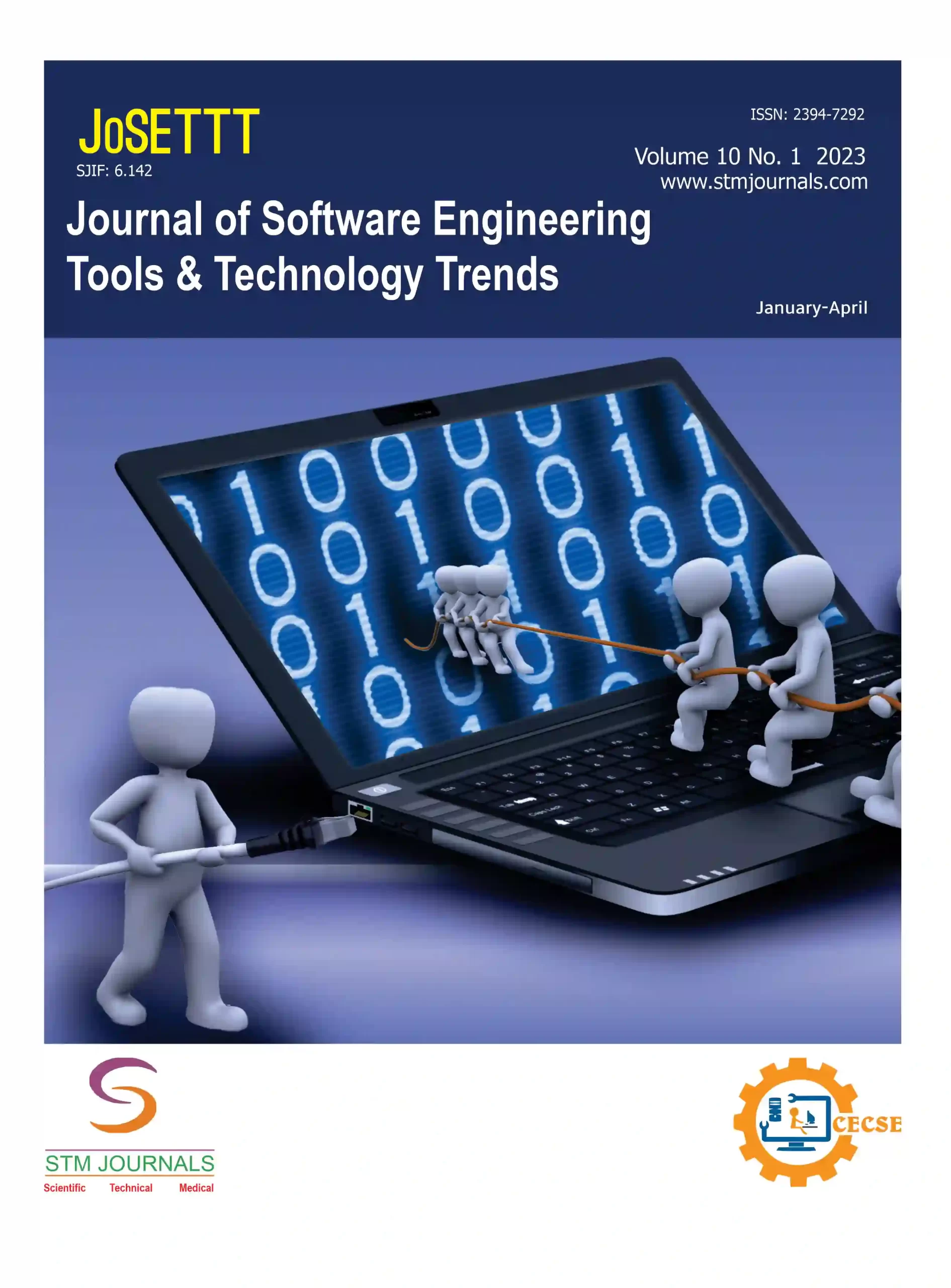
R. Pushpa,

P. Priyadarshani,

S. Santhosh Kumar,
- Student Department of Artificial Intelligence and Data Science, Sri Manakula Vinayagar Engineering College, Madagadipet Puducherry India
- Student Department of Artificial Intelligence and Data Science, Sri Manakula Vinayagar Engineering College, Madagadipet Puducherry India
- Student Department of Artificial Intelligence and Data Science, Sri Manakula Vinayagar Engineering College, Madagadipet Puducherry India
Abstract
In the current era, thousands of people share their opinions every day on the well-known microblogging platform Twitter in the form of tweets. A tweet must be brief and straightforward in order to be effective, though sentiment analysis of Twitter data will be the main emphasis of this study. Sentiment analysis study encompasses NLP and text data mining. We will conduct sentiment analysis on Twitter data using several logistic machine learning approaches. Nonetheless, our attention will be directed toward methods and varieties of sentiment analysis in which we will learn how to retrieve tweets from Twitter. In addition, we will uncover some common metrics and compare various machine learning approaches on the same dataset.
Keywords: Twitter, sentiment analysis (SA), machine learning, logistic regression, positive, negative, natural language processing, TfidfVectorizer, stemming
[This article belongs to Journal of Software Engineering Tools & Technology Trends(josettt)]
References
- Pak Alexander, Patrick Paroubek. Twitter as a Corpus for Sentiment Analysis and Opinion Mining. Proceedings of the International Conference on Language Resources and Evaluation, LREc. 2010; 10: 1320–1326.
- Agarwal A, Xie B, Vovsha I, Rambow O. Sentiment analysis of twitter data. Proceedings of the workshop on languages in social media. Association for Computational Linguistics. LSM’11: Proceedings of the Workshop on Languages in Social Media. 2011 Jun; 30–38.
- Khan Farhan Hassan, Usman Qamar, Saba Bashir. A semi-supervised approach to sentiment analysis using revised sentiment strength based on SentiWordNet. Knowl Inf Syst. 2017; 51(3): 851–872.
- Narr Sascha, Michael Hulfenhaus. Language-independent twitter sentiment analysis. Knowledge Discovery and Machine Learning (KDML), LWA. 2012.
- Saif Hassan, Yulan He. Semantic sentiment analysis of twitter. International Semantic Web Conference. Berlin Heidelberg: Springer; 2019.
- Da Silva, Nadia FF, Eduardo R. Tweet sentiment analysis with classifier ensembles. Decis Support Syst. 2020; 66: 170–179.
- Jianqiang Z, Xiaolin G. Comparison Research on Text Pre-processing Methods on Twitter Sentiment Analysis. IEEE Access. 2021; (5): 2870–2879.
- Khan Jawad, Byeong Soo Jeong. Summarizing customer review based on product feature and opinion. Machine Learning and Cybernetics (ICMLC), 2016 International Conference on. IEEE. 2016; 158–165.
- Kavya Suppala, Narasinga Rao. Sentiment Analysis Using Naïve Bayes Classifier. Int J Innov Technol Explor Eng (IJITEE). 2019 Jun; 8(8): 264–269. ISSN: 2278–3075.
- Durgesh Patel, Sakshi Saxena, Toran Verma. Sentiment Analysis using Maximum Entropy Algorithm in Big Data. Int J Innov Res Sci Eng Technol. 2016; 5(5): 8355–8361. (http://www.com/upload/2016/may/246_49_Sentim ent.pdf)

Journal of Software Engineering Tools & Technology Trends
| Volume | 11 |
| Issue | 01 |
| Received | February 29, 2024 |
| Accepted | March 28, 2024 |
| Published | April 5, 2024 |

